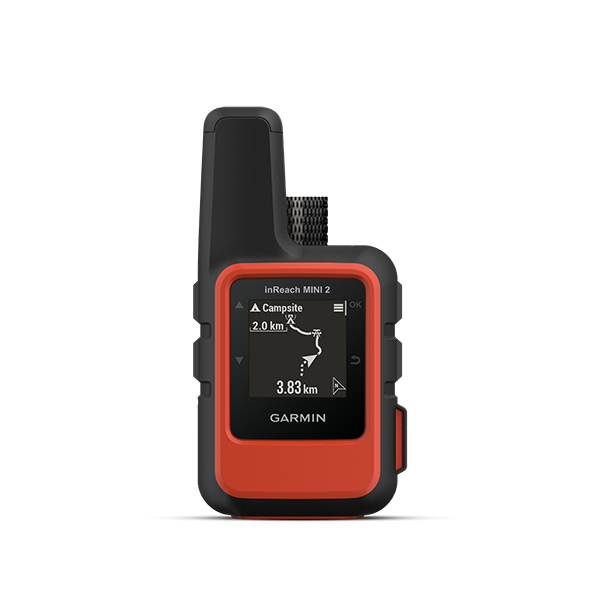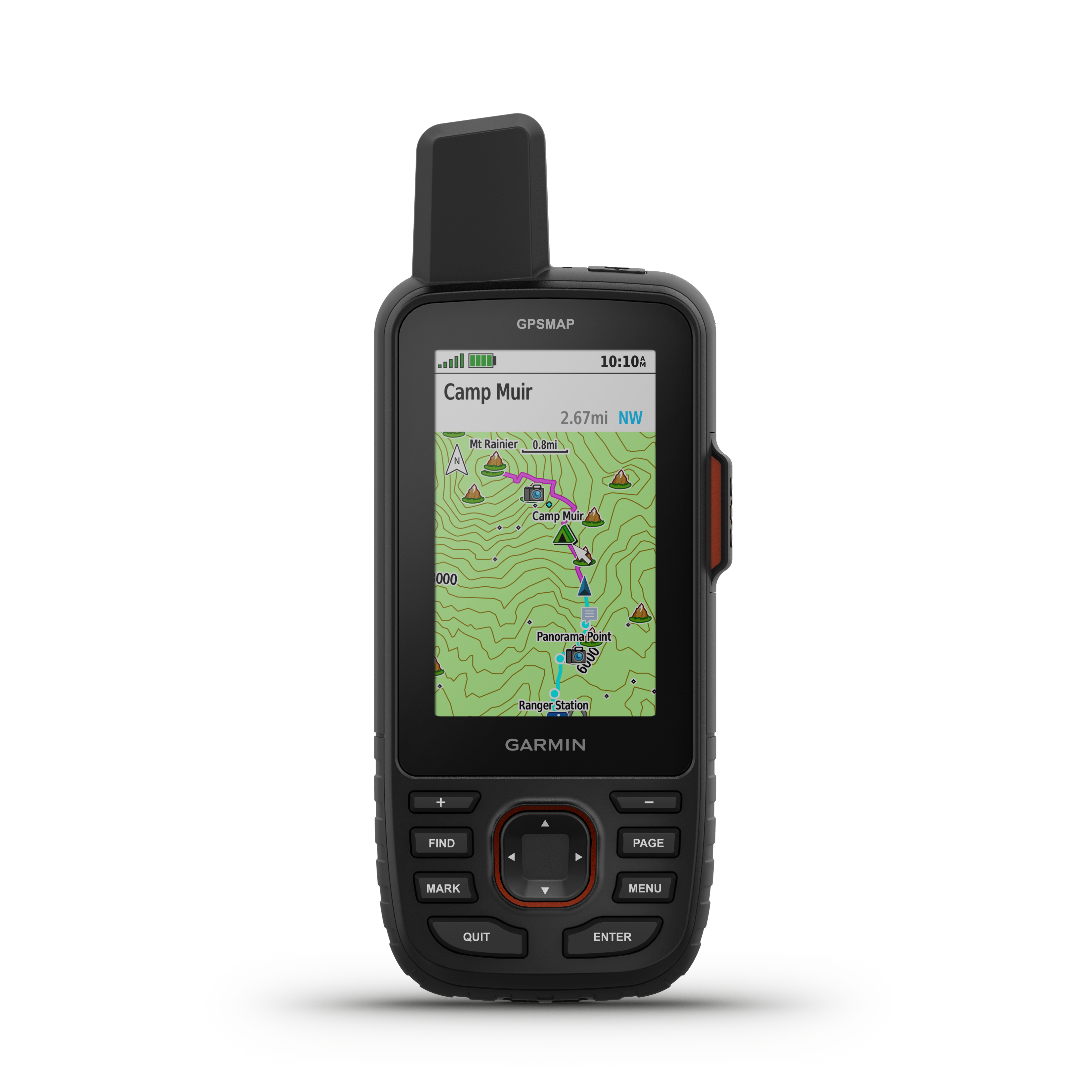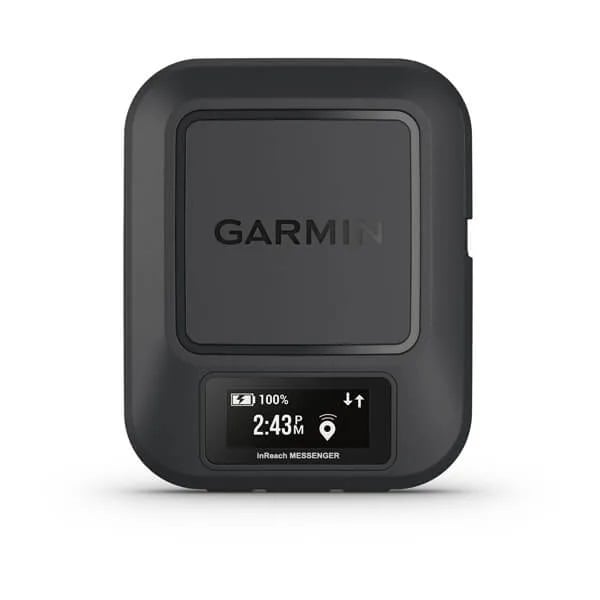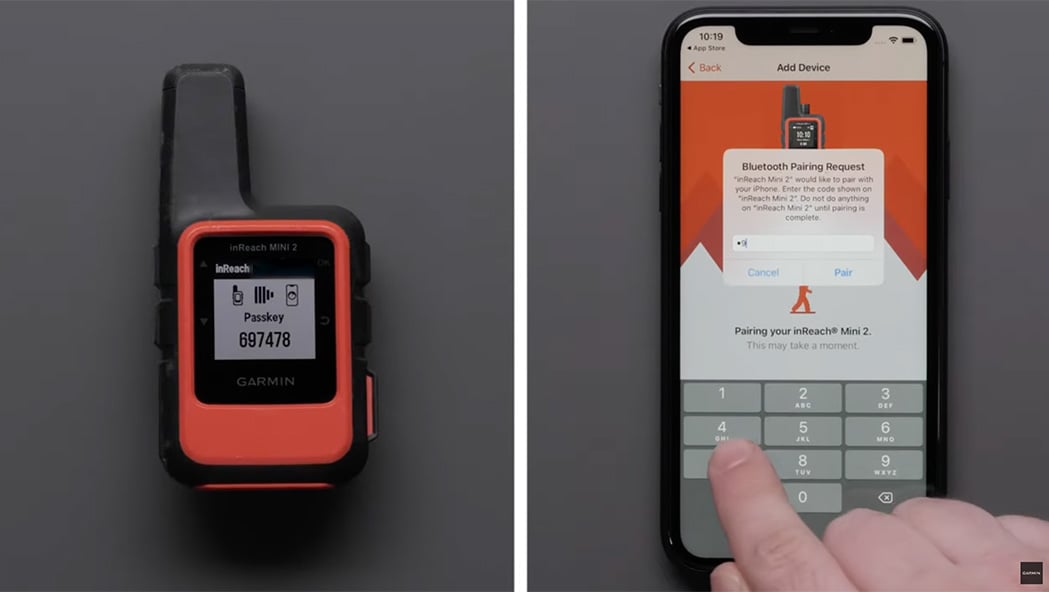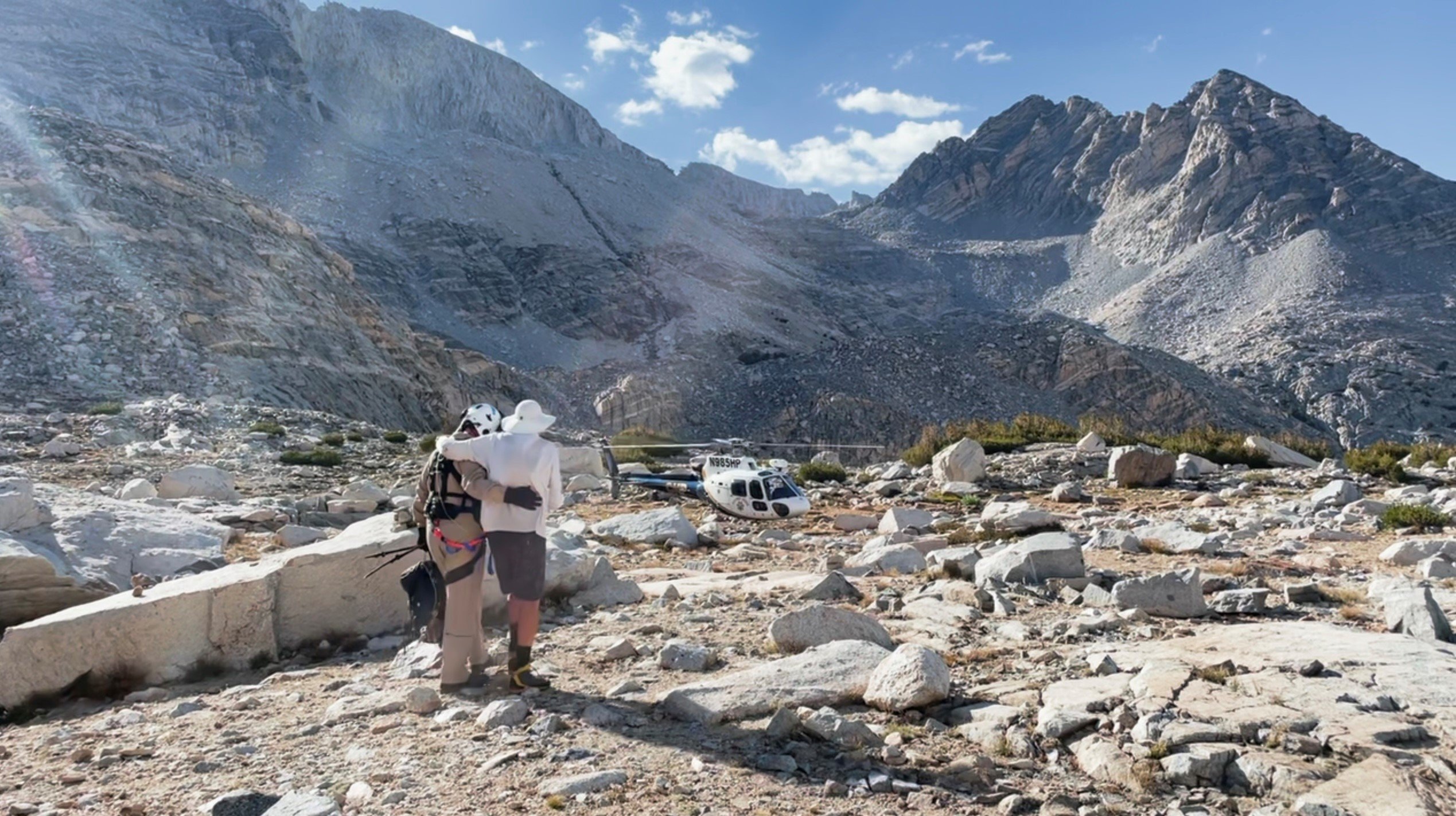
One Year, One inReach User, Two Lives Saved
Roughly one in every five inReach® SOS triggers is a customer helping a third-party individual. Parker Clark experienced that firsthand after using his inReach device to coordinate rescues for two complete strangers in the span of just 7 months. He shared the stories with Garmin.
Parker Clark has explored mountains all over the world. But he feels most at home in the Sierra Nevada mountains — a range he’s spent more than 11 years backpacking, climbing and skiing.
He first purchased an inReach satellite communication device1 because he does a lot of those activities solo and felt it was a critical piece of gear for his own safety. What he didn’t initially realize, however, was how it would end up being a critical piece of gear for the well-being of complete strangers.
In the span of 7 months in those mountains, Clark ended up using his inReach device’s SOS function to help coordinate helicopter extractions for not one, but two, individuals.
The First Rescue: An Injured Hiker
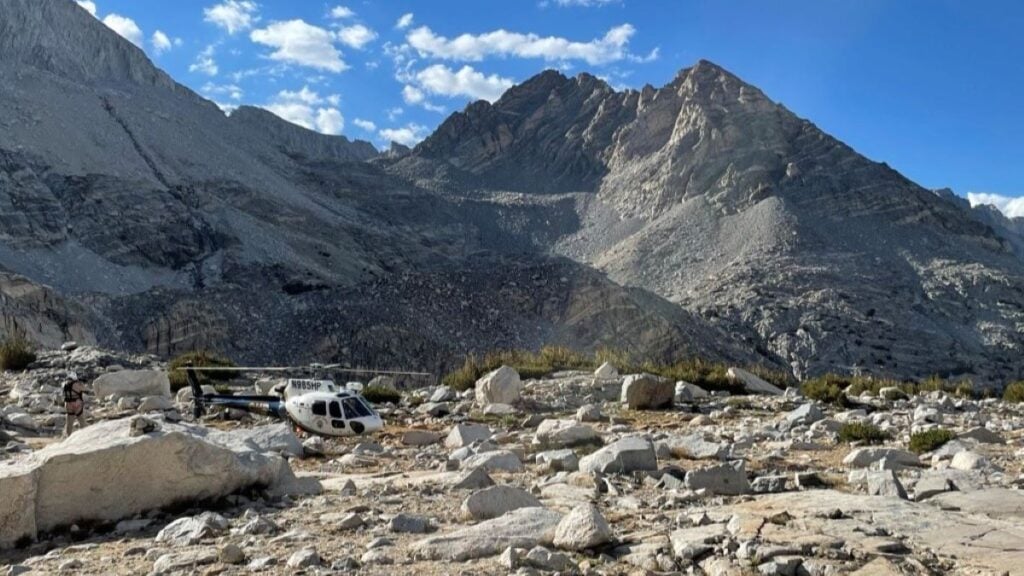
“A few friends and I were on the last day of a backpacking trip and were filtering water at a small off-trail lake when an older man came by, asked us a few questions and then continued on his trek. About 15 minutes later, as we were about to leave, I heard screaming in the distance and ran up a scree slope to find the same man screaming in agony, saying he had broken his arm.
After assessing the injury, I got my inReach and hit the SOS button, using the Earthmate® app to send a descriptive message of the issue. With a broken arm, he would be unable to make it back to the trailhead given it was over class 2 and 3 boulders and scree.
My friends and I were able to move the man off the slope to a flatter area where he could rest against a boulder. He only had day hiking gear and was unprepared to spend the night out there at 12,000’.
We decided that my three friends would head out to the trailhead so that they could start driving home because they expected to be slower and had a long drive. I talked with the guy for a long time — it seemed he had been in the Sierras for many decades but had a surgical procedure in the last 6 months and overestimated his abilities coming back from that.
After a couple hours of back-and-forth inReach messaging with the responding search and rescue (SAR) team, they opted to send a helicopter because he would be unable to make it out himself. It took about 5 hours from the initial SOS for it to arrive. They landed it at 12,000’, loaded him up and took off.
Without the inReach device, someone would have had to hike out (which would have taken hours), find cellphone service or track down a ranger, and probably send someone to go back in with overnight gear for him. I don’t know if he would have made it the night without warm clothing and shelter.
After the helicopter left, I ran back to the trailhead as it was nearing sunset.”
The Second Rescue: A Near-fatal Fall
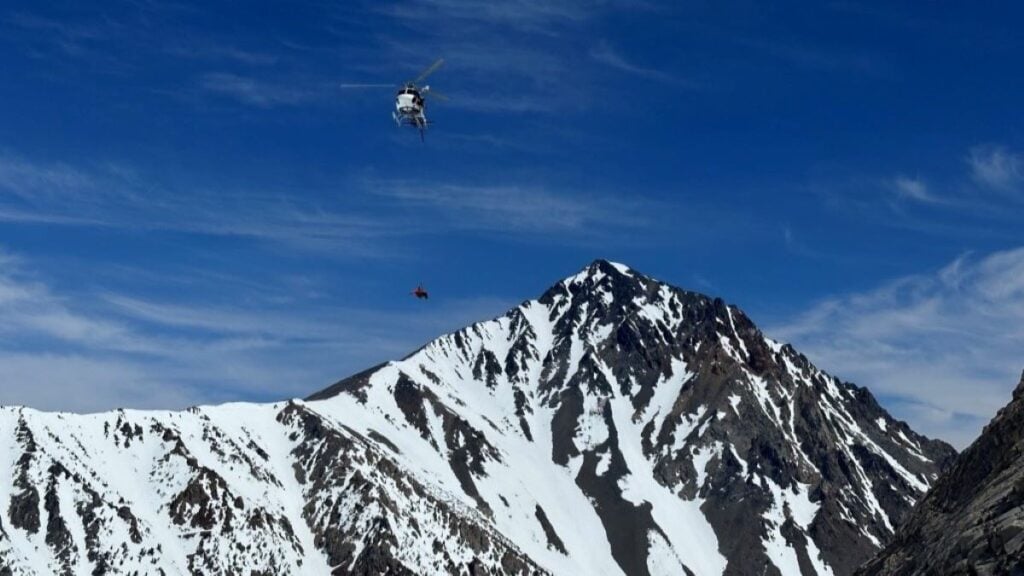
“I was attempting to ski Basin Mountain and had just ascended a steep snow couloir most of the way up the mountain when I heard metal clanging on rock and turned my head. I watched a body a few hundred feet away cartwheel hundreds of feet over cliffs, snow and ice down onto the snow slope below. Then there was no motion, and I knew I needed to go back down and start a rescue.
Unfortunately, what I had just climbed up was at the limit of my abilities, and I didn’t intend to go down it until later in the day when the snow was softer. I had to take a few minutes to calm myself to be able to downclimb what I had just come up.
I did make it down and moved quickly toward the body — expecting to find that he was not alive given what I had seen of the fall.
When I got to him, he was breathing with effort but unconscious. There were several other injuries, and his helmet was caved in on one section. I initiated the inReach SOS.
He was still on a pretty steep snow slope and would periodically move a bit and slide down. He was also face down and in a bad orientation, so I used my trekking poles and ice axe embedded in the snow to gradually leverage his body into a better position and prevent him from sliding.
He was part of a group and eventually someone came down from a mile away and I was able to shout at them to come over. I ended up staying with the hurt individual for 3 hours until the helicopter arrived. Luckily, they had been doing SAR training nearby.
They dropped an emergency responder with a flexible stretcher, we cut a ledge in the slope to get him into it, and then the helicopter came back and picked him up to be dropped off at a local transport point. After he was dropped off, they life-flighted him to a hospital in California.
Two-way satellite messaging using the inReach was quite efficient. There was back-and-forth messaging about the injuries and rescue information provided for the helicopter like height, weight, etc. Eventually, the Garmin ResponseSM team member connected me directly to the SAR responder, and after that it was very efficient communicating directly with the responding agency. There were no satellite signal or connection issues.
I later learned that the individual woke up approximately 10 days after arriving at the hospital. A few months later he was walking around, and while he still had some cognitive issues, he has actually been doing OK. If he hadn’t gotten a rapid helicopter evacuation, he likely wouldn’t have survived.”
The Aftermath
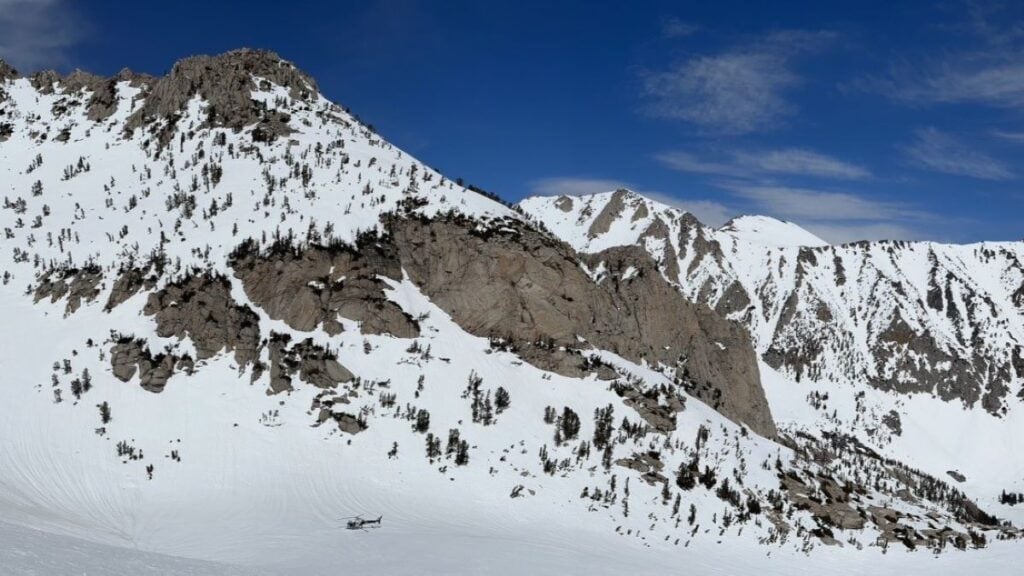
Those two rescue coordination experiences, of course, had an effect on Clark. He’s spent time thinking about humbleness in the wilderness and “how quickly the mountains will teach you that the environment is truly in control rather than any individual.”
He personally prioritizes honing his skills, assessing risk even when traveling in groups and keeping overconfidence in check in order to mitigate major accidents in the mountains. And he’s now aware of the wide variety of scenarios an inReach can be useful for.
“Witnessing a traumatic accident is stressful enough even when you have an inReach to immediately contact SAR and coordinate a rescue,” Clark said. “I cannot imagine how stressful it would have been to have had to leave someone severely injured and hike or ski out for hours, try to find cell reception, and then try to communicate the location and potentially go back in hours later not knowing what had transpired in the meantime. The more inReach devices that are in the backcountry, the safer it will be for everyone.”
1Active satellite subscription required. Some jurisdictions regulate or prohibit the use of satellite communication devices. It is the responsibility of the user to know and follow all applicable laws in the jurisdictions where the device is intended to be used.
